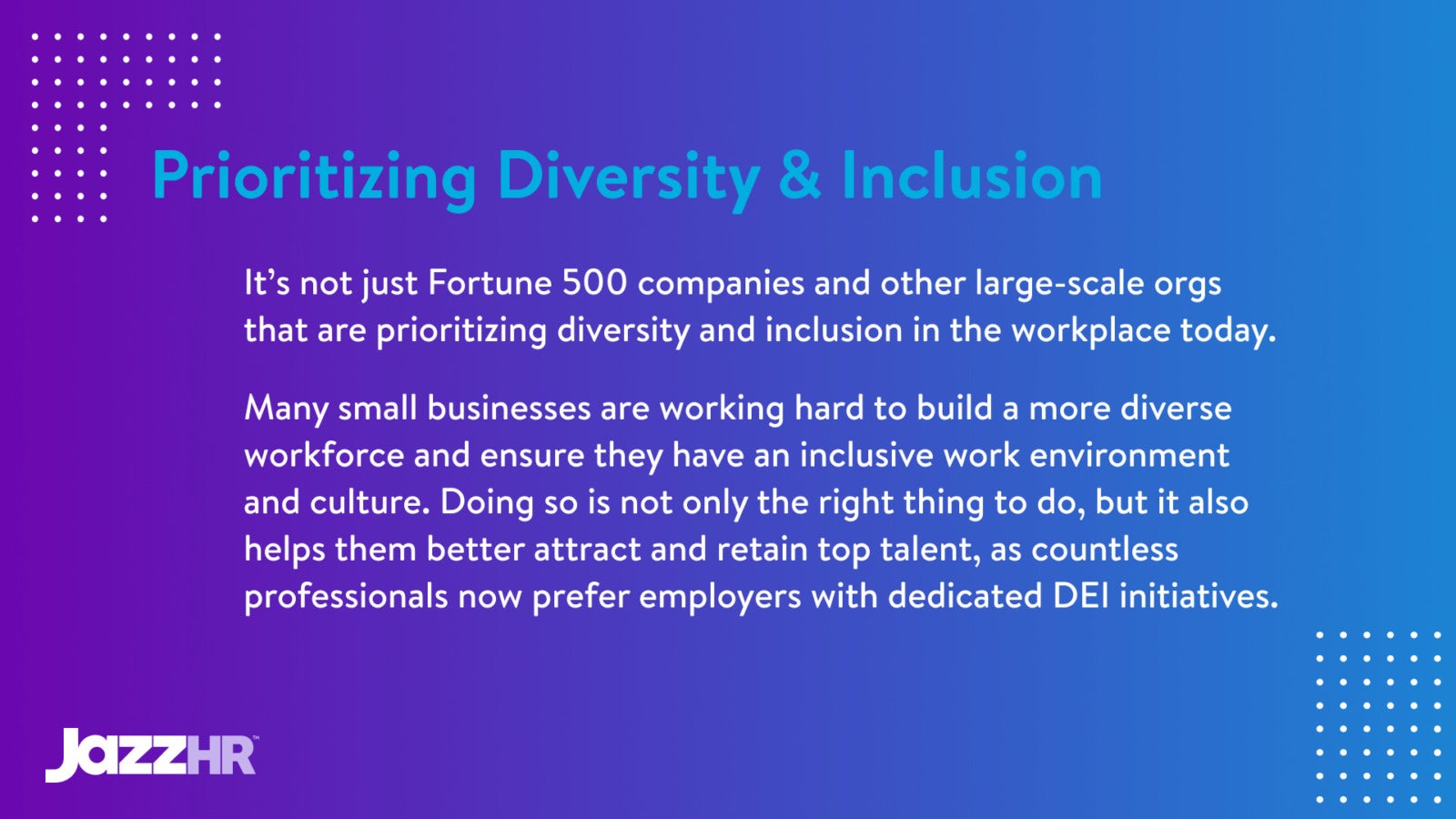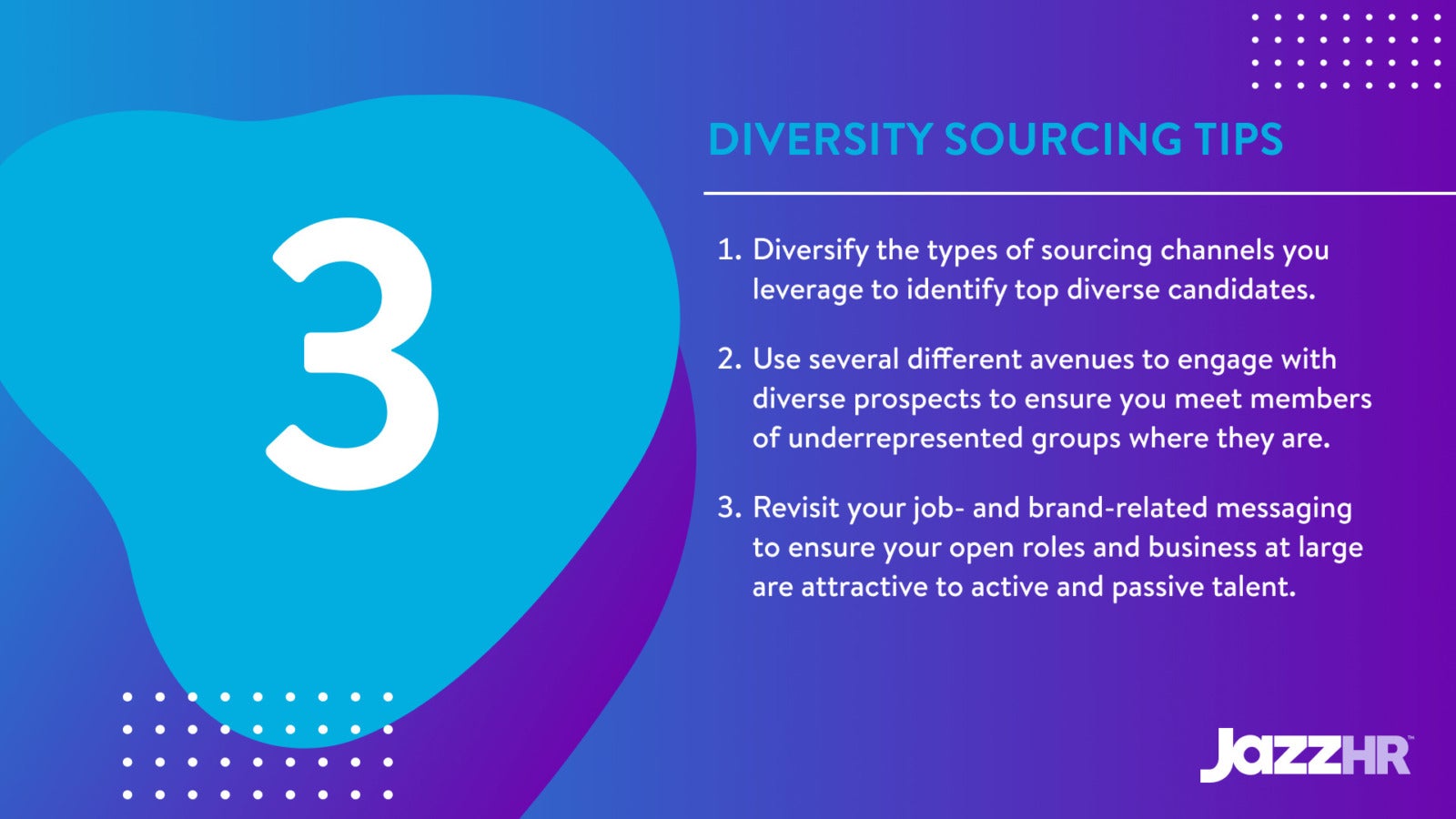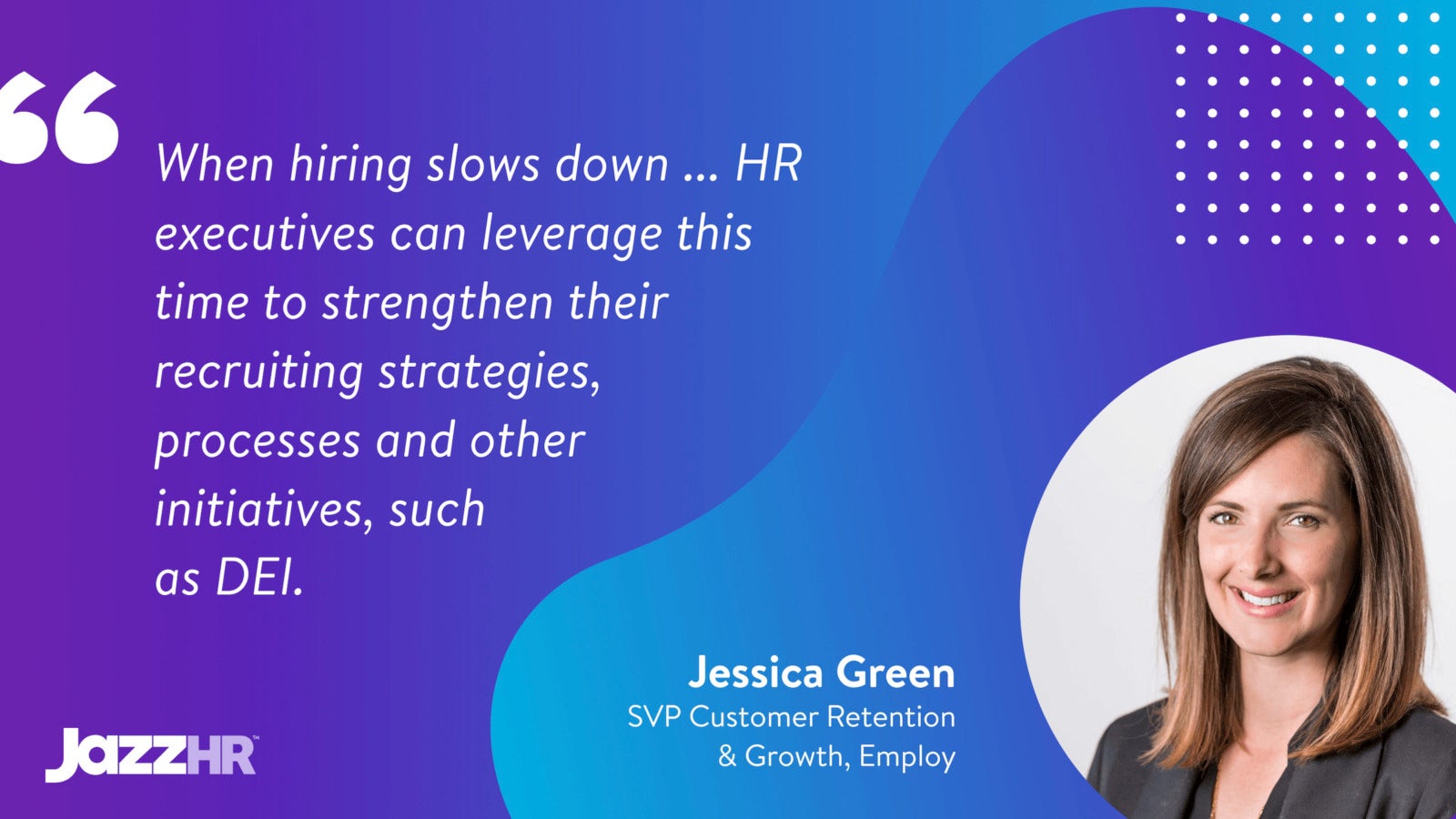Diversity, equity, and inclusion (DEI) is not a topic your business leadership should shy away from. In fact, it’s one they should embrace discussing often and creating action plans around so they and other managers across their org know how to promote diversity and inclusion in the workplace.
Put plainly, a diverse and inclusive workforce is critical to the success of your company and the well-being of your employees. Oftentimes, DEI can lead to some uncomfortable conversations that need to be faced head-on. That said, these discussions are more than worth having if it leads to a more:
- Diverse, equitable, and inclusive workforce that provides equal opportunities for employees
- Warm, positive and welcoming work environment in which all employees feel safe and heard
- Productive and collaborative work culture that sparks innovation and grows your bottom line
Now, the question is: What next steps can you and your small business do to not just promote diversity and inclusion in your workplace, but also set your diverse talent up for success, make them feel comfortable in their roles, and develop and make progress with your DEI initiatives?
The answer is to follow these seven steps.
7 ways to embrace diversity and inclusion in the workplace
Step #1: Get buy-in from your business leaders
Business leaders align actions with their overarching vision. So, if you can get buy-in from your c-suite, you’ll be able to integrate D&I into your organization and enact real change.
- As Simon Sinek famously says, “Great leaders inspire action.”
Leaders should communicate their commitment throughout the business and with third party partners, clients or customers. A great way to set the tone is with an open letter of solidarity and support from management.
Alongside this, leaders need to establish tangible goals. Just Capital’s study found only 11% of the 890 companies surveyed disclosed actual, measurable targets in this area.
This McKinsey report contains a good example, whereby they cite a company that is aiming to employee women in 40% of their senior executive roles. They’ve incentivized progress by tying executives’ bonuses to achieving inclusion and diversity goals.
Step #2: Start employee resource groups (ERG)
Employee resource groups are employee-led groups, run by volunteers, that foster a diverse, inclusive workplace in line with business objectives. There are great examples of ERGs at companies such as at Ernst & Young, Dell Technologies, and the Women at Microsoft.
In short, when you know 90% of Fortune 500 companies — ones already focused on creating a diverse workplace — have ERGs, they’re an integral component to promoting inclusivity.
The biggest benefits of developing (and empowering — more on this shortly) ERGs include:
- Increased awareness at all levels
- A safe space for communication
- Accountable, productive outcomes
- Improved employee engagement
- Empowered and happy employees
- Potential for developing future leaders
All ERGs are informal or structured. You might have one, or several. They may take different forms, such as a community network, mentor circle or diversity committee. In any case, you want to create groups that focus on diversity and inclusion activities in the workplace.
That way, there is consistent attention paid to this topic.
Step #3: Ensure ERGs are given ample resources
Although ERGs are voluntary, once employees are members, they require allocated time to fulfill the group’s responsibilities. This time can then be factored into 1:1s and be a part of personal development — perhaps even a step toward future managerial and leadership roles.
Here are some resources you can give your employees:
- A designated number of hours to follow up on core ERG activities
- A meeting space (or a video conferencing app for remote workers)
- A channel on your intranet or some access to internal communications
- Access to marketing materials to help build awareness of their ERG
- An instant messaging channel or forum to chat with other members
- Training on a given topic tied to the ERG and on managing projects
If you want more insights on how to give ERG members the requisite resources to tackle important initiatives, check out DiversityBestPractices.com, Catalyst.org, and ResourceGroups.com.
Step #4: Involve everyone at your small business
Bringing a cross-section of your company together ensures representation for everyone.
Try to involve people from management and members of each department as well as entry-level and long-standing employees. You need people with diverse backgrounds and experiences to lend their voices to the conversation.
That doesn’t mean you have to start with a big group. Start small and grow through ongoing promotion. People are more likely to join an established organization with clear initiatives.
Step #5: Facilitate ways to give DEI-related feedback
Why not have those uncomfortable conversations in comfortable settings? Give employees a safe space to talk in focus groups or with peer-to-peer sharing. Or, offer the option of anonymity with employee polls.
- On top of this, use a group chat to share relevant learning materials and literature (e.g., info on how your business approaches hiring for diversity today).
Workshops are also a brilliant format for brainstorming ideas. Everyone loves a whiteboard and Post-It notes. Read this blog about how to talk about diversity at work from our partners at Namely.
Top tip: Train up or hire an experienced workshop facilitator to keep the conversation on track.
Step #6: Encourage employees to share their thoughts
In Pamela Newkirk’s book, Diversity.Inc: the Failed Promise of a Billion-Dollar Business, she quotes filmmaker Misan Sagay: “People want diversity as long as they don’t have to do it. A lot of the times they want our physical presence, but not our voice.”
When having a conversation about DEI, practice active listening. That is, use verbal and non-verbal cues, like eye-contact, to show responsiveness. Pay full attention to the speaker.
No matter what level you are within a business, hear difficult feedback with a compassionate ear. Don’t become defensive or minimize someone else’s experience. This helps employees communicate openly and honestly and know they can share their opinions with fear of any sort of backlash.
(Not that there would be at your company, but it’s worth being proactive in noting all voices are welcome.)
Step #7: Take action on data and employee feedback
Employee resource groups exist to turn words into actions. Here are some practical tips that can empower ERG members and others across your business to help contribute to DEI goals:
Think small
A tiny change could make a big difference. For example, women are less likely to say “yes” when asked if they are able to perform a task, even if they’re just as qualified as their male counterparts. So, change the way tasks are allocated or find different ways to get feedback on a brief to account for this.
Think local
Diversity needs to be in place at a team level. Everyone should feel like they belong in any department, from HR to Engineering. Aggregated figures of a diverse number of employees across a company, particularly those that ignore intersectionality, may not show the full picture.
Think values
Focus on values. Ivy League qualifications are great, but if that’s all you look for in a job applicant then you risk the pitfall of unconscious bias. A values-based system of hiring can help to attract diverse candidates and improve the inclusivity of your workplace culture.
Embrace the challenge
We’ve discussed why uncomfortable conversations are vital for promoting diversity and inclusion, how you can facilitate them, and the tips you should follow. From creating an ERG, to changing the way your business communicates, there’s plenty of actionable tasks you can take away.
Taking action to promote diversity and inclusion in the workplace
As you go forward, be sure to measure things like employee engagement or recruitment, retention, and promotion rates. These are good indicators that you’re on the right track. And, keep asking for feedback, especially after big initiatives or changes.
Remember: This is an ongoing endeavor — and there will always be room to grow to continually and consistently improve diversity in the workplace and empower your diverse workforce to thrive.
Learn how to enhance your diversity recruitment with JazzHR’s SMB-centric applicant tracking system.








